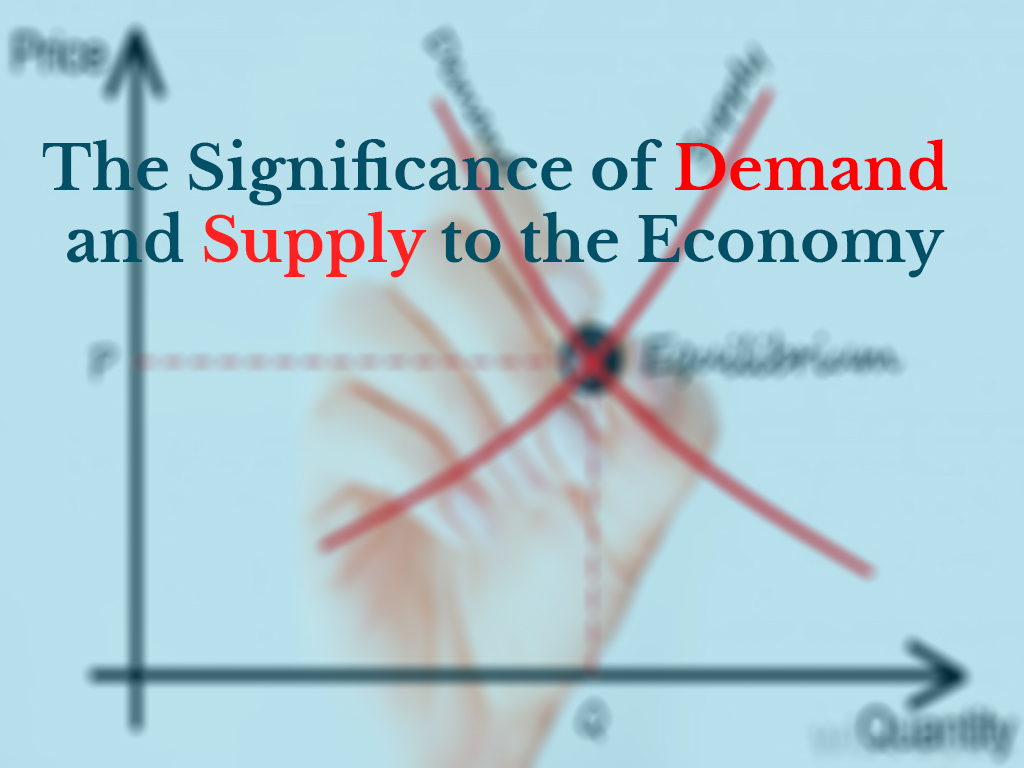Within every economy is an underlying current of supply and demand. There are many different economic theories regarding the impact of supply vs demand on an economy, macro vs micro economies, global economies, and the list goes on. This subject can get very complex very quickly and that is not the scope of this article. Instead we just want to look at the effect of supply and demand within a weak economy. With a weakened economy often comes weakened demand and without demand there will be no production or consumption that will take place. For this reason, having these two components always present and working within the economy is highly important. When changes take place it can be felt throughout a supply chain at many different levels.
Demand is known to be the quantity or amount of services or goods people are able and willing to purchase at various prices, whereas supply is known to be the quantity of services or goods that are provided at each price. How do demand and supply interact in order to take control of the market? Purchasers and sellers respond in opposite directions for fluctuation in price. If the price of a certain commodity increases, the capability and willingness of vendors to offer them will also increase, whereas the capability and willingness of consumers to purchase such commodity will decrease.
There are some instances wherein the domino effect might take place. This domino effect is another factor of the market that needs to considered in specific reference to the supply chain. What is meant by a domino effect? This is a chain reaction which takes place when a small modification causes another small modification in something close to it, which will cause another change similar to the first and so forth within linear sequence. This term is popularly known as the mechanical effect, which is used as the analogy for a falling line of dominoes. It normally refers to the linked succession of events in which the time range between the sequences of events is moderately small. It could be used metaphorically or literally; Metaphorical use to represent causal linkages in systems, like politics and global finance, and literal use as observed in series of real collisions.

An example of domino effect applied in global finance can be found looking at something as simple as the price of basmati rice, which is expected to increase by just about 80 percent because of decreased production in Pakistan and India. The Indian harvest in 2012 yielded 40 percent less than the previous year according to the Rice Association. So why did this happen? Drought? Poor soil conditions? Natural disasters? Actually, the main reason is the launch of a minimum price support by the Indian government for long-grain rice in order to motivate farmers and steer them into other varieties.
Basmati rice is only grown in Pakistan and India so based on simply supply and demand it is a high-value crop, but it is also a low-yield export crop. So farmers have to consider the new addition of the government backed price support, look at all the advantages and disadvantages of basmati compared to other varieties that have a higher yield and make some tough decisions. In the end, basmati producers are found to be switching to other varieties, which reduces supply and increases price.
You can easily see the domino effect at work. But take it a step further and you can see a chain reaction throughout the supply line as vendors and suppliers purchase from the farmers and sell to stores, restaurants and individuals. A good supply manager will be able to trace things back to the source, make intelligent decisions and prepare as much as possible for shifts and changes in the market.







